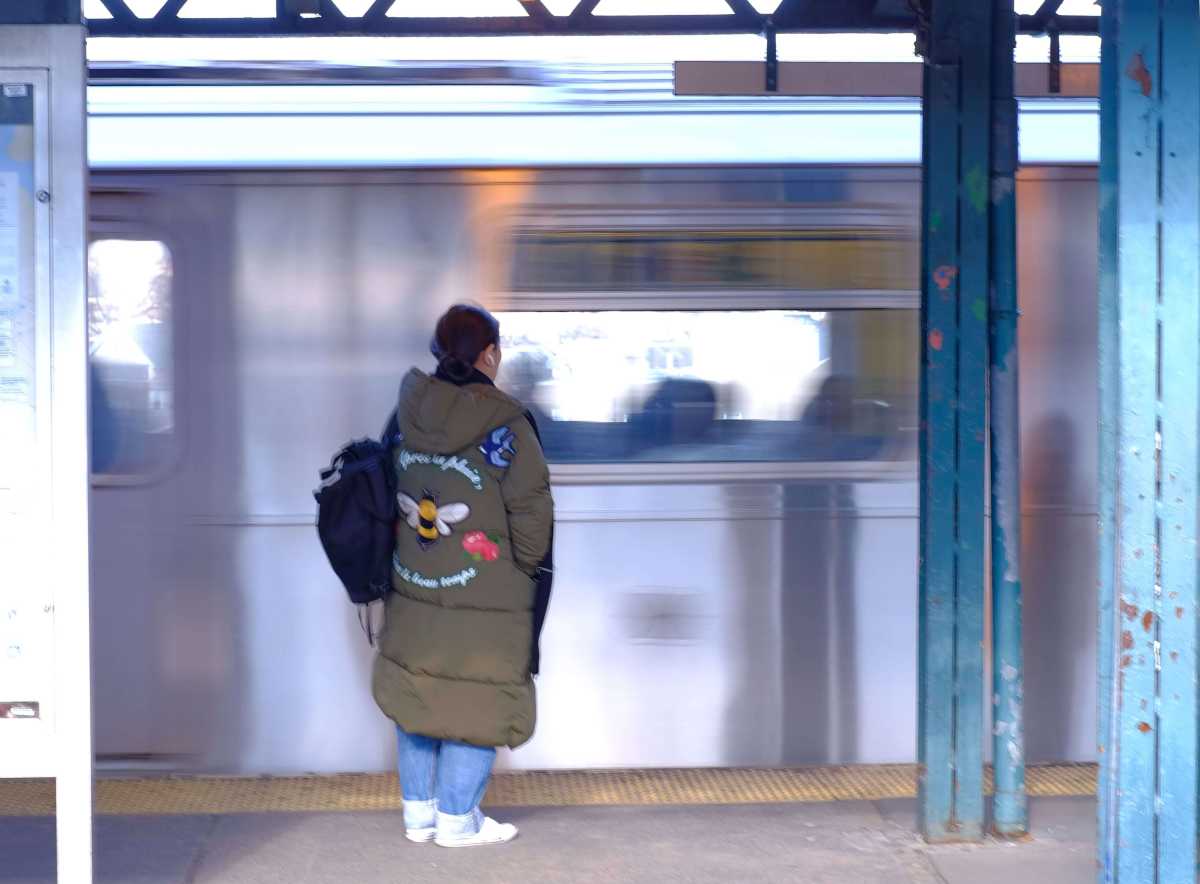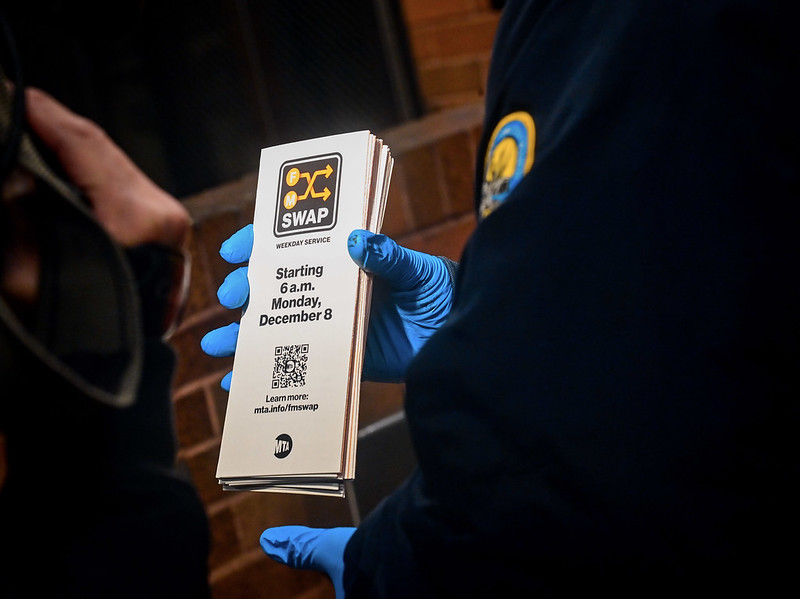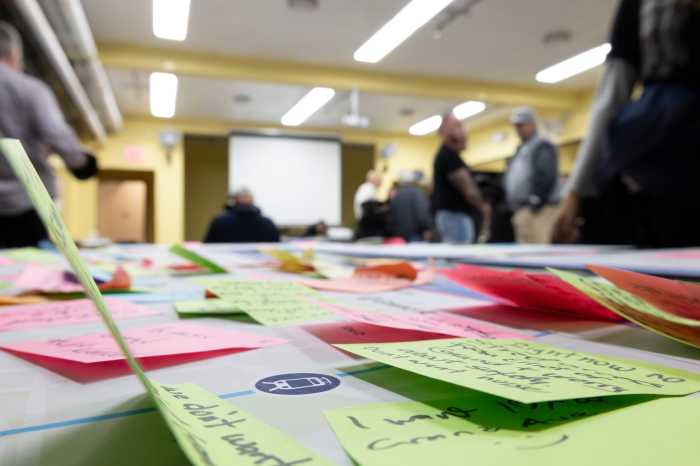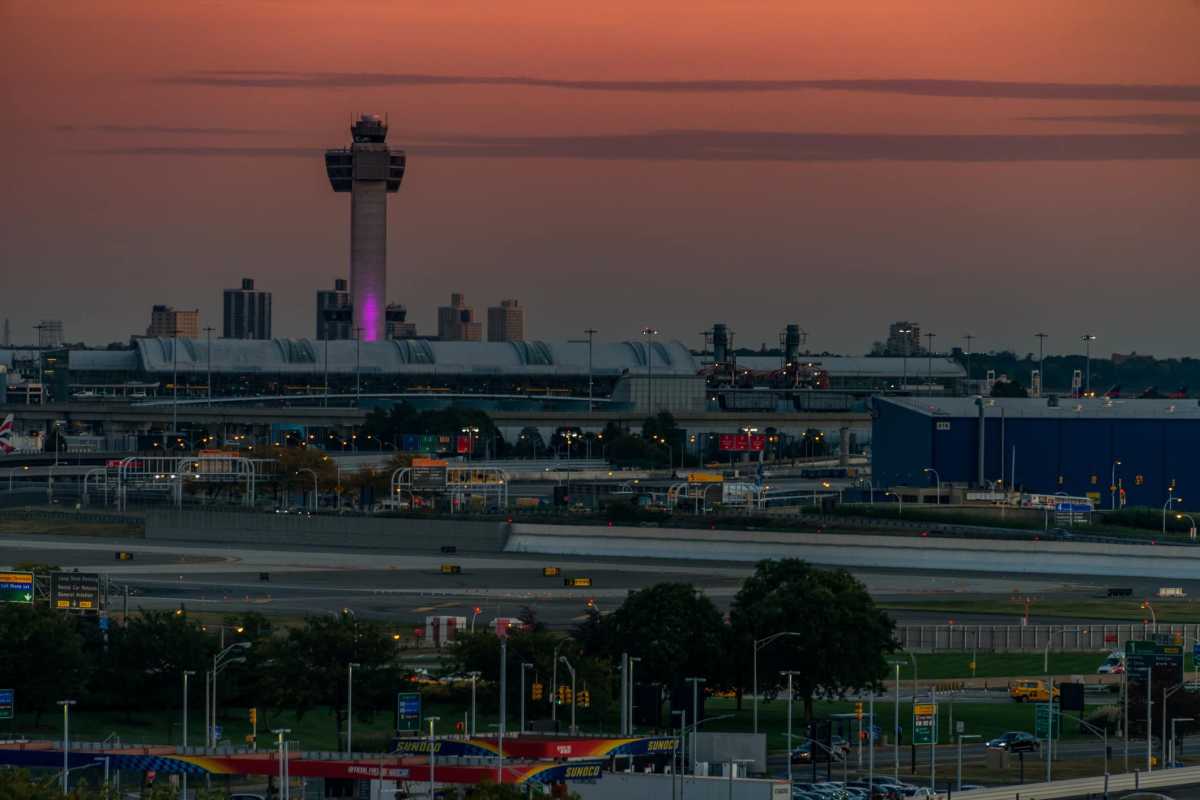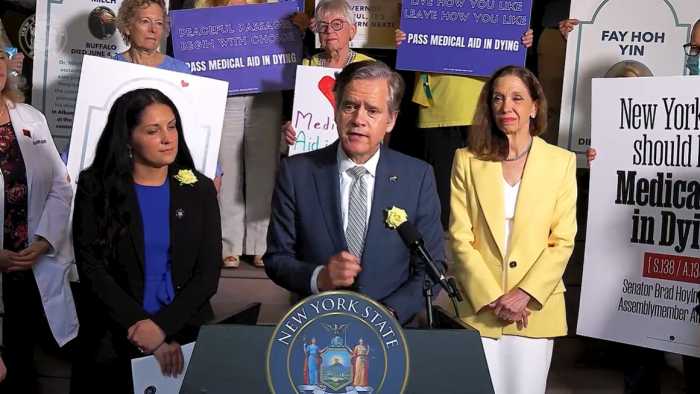After an investigation into data regarding subway delays since 2015, New York City Comptroller Scott Stringer is alleging that the figures indicate a “culture of concealment” within the MTA which continues to persist despite leadership turnover in recent years.
The investigation reviewed internal documents from the MTA’s Performance Analysis Unit and conducted interviews of leaders in the agency and determined that data has been misleading in nature, for example the “wait assessment” scores were considered by the comptroller’s office as the result of sample error.
“It is an insult to anyone who has ever been late to work or stranded at the station that MTA leadership passed along bogus delay data just to make the agency look good, even as its own staff were raising red flags,” Stringer said. “While the new leadership deserves credit for trying to clean things up, the MTA still has a long way to go to ensure accuracy and reliability and to regain the public’s trust. For too long the MTA has failed to transparently report what is actually going on underground, a problem which can only mean more delays and more frustration for the working New Yorkers who rely on the subway every day.”
Stringer also said the MTA’s tracking abilities were not up to task, consistently mislabeling delays as “overcrowding” on lines and claimed a 2015 internal memo pointed out that the cause of setbacks in service was often reported by the train crews which were deemed as often “suspect.” Another 2016 memo admitted that data was “incomplete or unreliable,” according to Stringer.
The investigation found that “major incidents” was only defined by an event that delayed 50 or more trains and does not include planned work that causes commuter setbacks to save face, which the comptroller admitted has been recognized New York City Transit President Andy Byford.
But the MTA was not impressed with Stringer’s findings, claiming that the information is outdated and not any indication of the agency’s practices since reforms were implemented by Byford upon his appointment in 2018.
“We appreciate the comptroller’s focus on subway performance but this report is more history and politics than news, focusing on rejected practices of the past while glossing over recent reforms and NYC Transit’s aggressive pursuit of additional transparency and accountability,” an MTA spokesman said. “In 2017 NYC Transit instituted a new set of performance metrics based on global best practices, and as this report notes, one of President Byford’s first challenges to NYC Transit when he started last year was to more accurately and transparently report the root causes of delays – a challenge that has already manifested itself in the expansion of specific delay categories for better reporting. NYC Transit’s performance reporting is among the most transparent in the world, is only getting better with ongoing reforms, and what we really need is modern signaling systemwide that allows officials to see real-time diagnostics and the exact movements of trains at all times.”
The agency denied that any practices were meant to “cast the agency in a more positive light,” as Stringer’s report put it, but that there was no better way to categorize causes of certain delays due to “data limitations.” Delays were tracked whether they were mislabeled or not in order to make sure every delay was taken into account, the MTA said.
The MTA claims there are “legitimate technological and human resource obstacles” to tracking delays as only a third of the systems is on Communications-Based Train Control (CBTC), as was recently installed on the 7 train, which makes keeping tabs on trains in real time a challenge.

